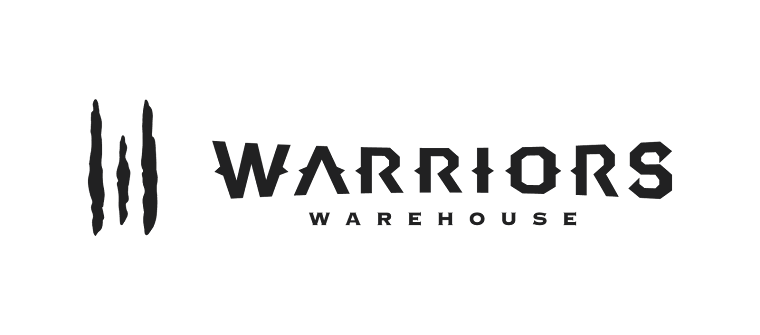Saturday, February 23, 2013
Wednesday, February 13, 2013
What are silk amino acids?
In the ever-changing industry of sports nutrition, staying ahead of the curve is key. Whether it’s new discoveries or revitalizing existing finds, scientists are continually looking for the next big breakthrough. And the scientists at BPI Sports are creating a buzz in the sports-supplement world with the introduction of Blox, the first product to use SAAs (silk amino acids).
Over time, scientists have studied amino acids, the building blocks of muscle protein, and looked for new benefits and uses. The last discovery was branched-chain amino acids, which were cutting edge in 1980 and have been around ever since. BCAAs can be found on shelves almost anywhere and are still being advertised as “new science.” But the SAAs in Blox are making BCAAs yesterday’s science.
Extracted from actual silk, SAAs are produced by hydrolyzing silk proteins into smaller chains of 18-plus amino acids. Of these amino acids, only five — alanine, glycine, serine, valine and threonine — are sequenced in such a way that they create short proteins that have been shown to produce optimal pro-anabolic results. Used in traditional medicine in East Asia for centuries, silk proteins have been shown to provide a variety of natural effects, including enhancing exercise performance and possessing antioxidant properties.
To test the power of SAAs, researchers administered them to subjects 30 minutes before physical activity. After the six-week study, even the researchers were shocked by the improvements of the SAA subjects compared to the control group, which had received only water. The test group was found to have the following:
• Increased muscle growth by 15 percent
• Increased testosterone levels by 64 percent
• Halved cortisol levels
• Doubled muscle endurance
From the published research study, indexed at the National Institute of Health, National Library of Medicine: “SAA prolonged maximum [workout] time by increasing muscle volume and preventing tissue injury and/or preserving anti-fatigue energy sources. SAA also increased the blood concentrations of testosterone ... these results suggest that SAA not only enhances physical stamina by minimizing damage to tissue, including muscles as well as preventing energy depletion caused by [workout] stress, but also improve male reproductive function by increasing testosterone.”
BPI’s scientists and product developers have identified the precise sequence of five silk amino acids that provide the most potent qualities and have used those to formulate Blox. This new product breakthrough is quickly becoming the prime pre-, intra- and postworkout supplement for bodybuilders and other athletes. SAAs and Blox are taking sports nutrition to the next level. However, keep in mind the studies we are referring to were done in mice not humans. More research needs to be done to answer the question whether SAAs are synergistic or perhaps even superior to BCAAs.
https://www.jstage.jst.go.jp/article/bpb/33/2/33_2_273/_pdf
FORBIDDEN BLACK QUINOA - The Eat-Clean Diet®
FORBIDDEN BLACK QUINOA - The Eat-Clean Diet®
What makes "keen-wah" so nutritious? We’ve got the scoop on quinoa nutrition facts.
Most people who have heard of quinoa think it’s a grain, and judging by how it’s pronounced, some assume it’s from the Orient.
But technically, quinoa is a seed, not a grain and it’s grown high in the Andes Mountains of South America.
Quinoa plants have been cultivated at altitudes of well over 10,000 feet and have been considered a superfood for at least a few millennia — in fact, the Incas cherished it as a superfood of their own.
Here in the U.S., quinoa has been discovered as a nutritious asset and enjoyed culinary popularity within only the last few years. Here’s why…
Eat one cup of quinoa (a single serving size), and you’ll consume:
- 220 calories (70 percent carbs, 15 percent fat, 15 percent protein)
- 40 grams of carbohydrates (13 percent daily value)
- 8 grams of protein (16 percent of daily value)
- 3.5 grams of fat (5 percent daily value with no saturated fat)
- A glycemic load (blood sugar spike) of only 18 out of 250
- 5 grams of fiber (20 percent of daily value)
- 20 percent of daily value of folate (various forms of Vitamin B)
- 30 percent of magnesium daily value (beneficial for people with migraine headaches); 28 percent daily value of phosphorous; iron (15 percent); copper (18 percent); and manganese (almost 60 percent)
Quinoa is stocked with life-sustaining nutrients all across the board, including all eight essential amino acids. There are other highly beneficial compounds, vitamins and minerals in this food that the Incas reverently called "chisaya mama" (mother of all grains).
Subscribe to:
Posts (Atom)


